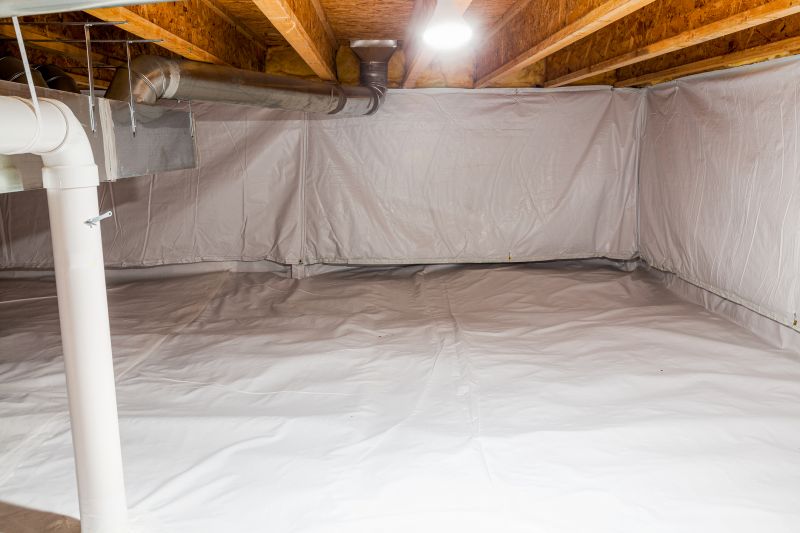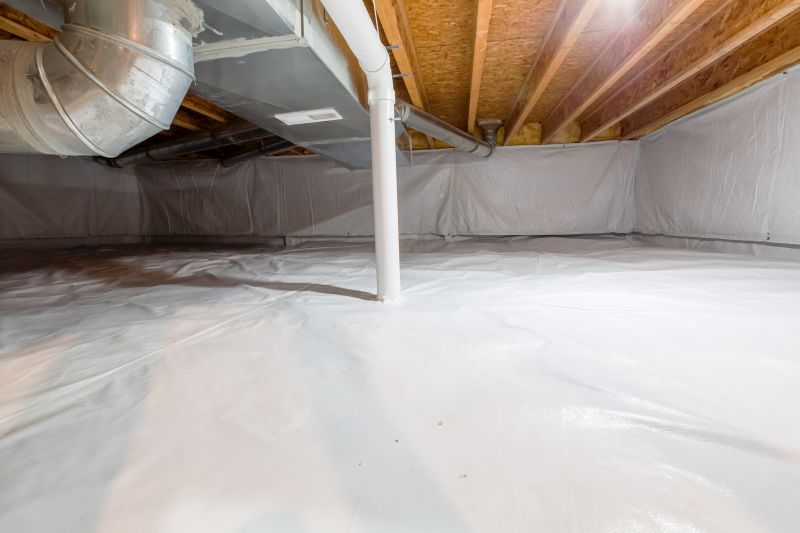Advanced Crawlspace Barrier Installation
Crawlspace encapsulation involves sealing and insulating the crawlspace area beneath a building to prevent moisture intrusion, improve air quality, and enhance energy efficiency. Proper encapsulation reduces the risk of structural damage and mold growth, creating a healthier indoor environment.
Encapsulation effectively prevents moisture buildup, which can lead to mold, wood rot, and structural deterioration. Studies show that unsealed crawlspaces can have humidity levels exceeding 70%, fostering mold growth and compromising building integrity.
Sealing the crawlspace reduces air leaks and improves insulation, leading to lower heating and cooling costs. Homes with encapsulated crawlspaces often see energy savings of up to 15% annually.
Encapsulation minimizes mold spores and airborne allergens, contributing to better indoor air quality. This can be especially beneficial for individuals with allergies or respiratory issues.
By controlling moisture and temperature, encapsulation helps maintain the integrity of the foundation and prevents costly repairs caused by water damage or wood decay.

A fully sealed and insulated crawlspace, showcasing the clean, moisture-resistant barrier installed on the ground and walls.

Close-up of insulation and vapor barrier in a finished crawlspace, illustrating effective sealing techniques.

Crawlspace with vent covers installed to prevent outside air infiltration, contributing to climate control.

A detailed view of the materials used in crawlspace encapsulation, highlighting the quality of the work.
Neglecting crawlspace encapsulation can lead to increased humidity, mold growth, and structural damage over time. Unsealed crawlspaces are a common source of indoor air quality issues and energy loss, often resulting in higher utility bills and costly repairs. Proper encapsulation is an effective solution to safeguard the property and promote a healthier living environment.
| Risks of Not Encapsulating | Benefits of Encapsulation |
|---|---|
| High humidity levels | Moisture control and mold prevention |
| Mold and mildew growth | Improved indoor air quality |
| Wood rot and structural damage | Structural preservation |
| Higher energy bills | Enhanced energy efficiency |
| Unhealthy indoor environment | Healthier living space |
| Pest infestations | Pest deterrence through sealed environment |
| Decreased property value | Increased property value due to maintenance |
| Potential foundation issues | Foundation stability and longevity |

